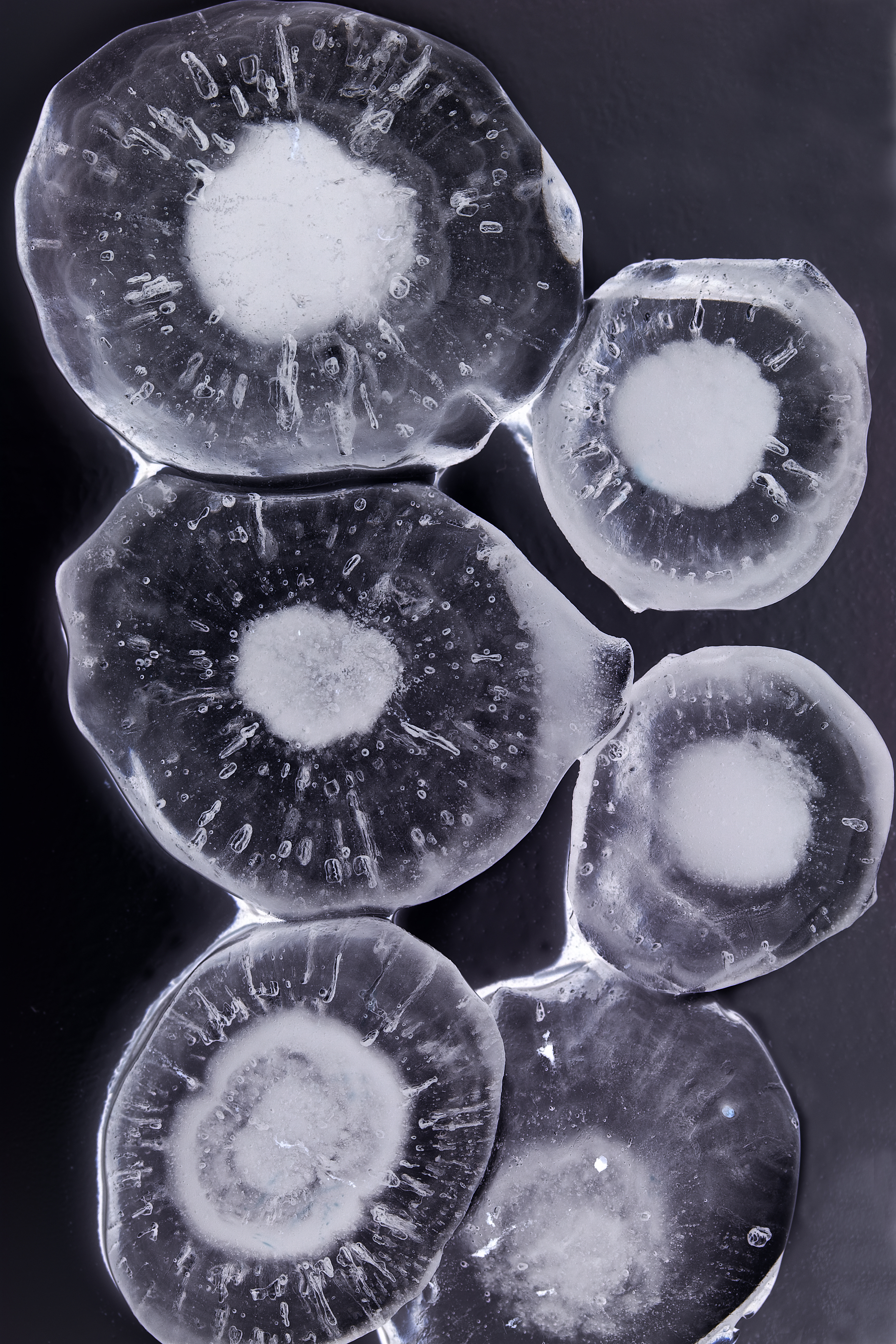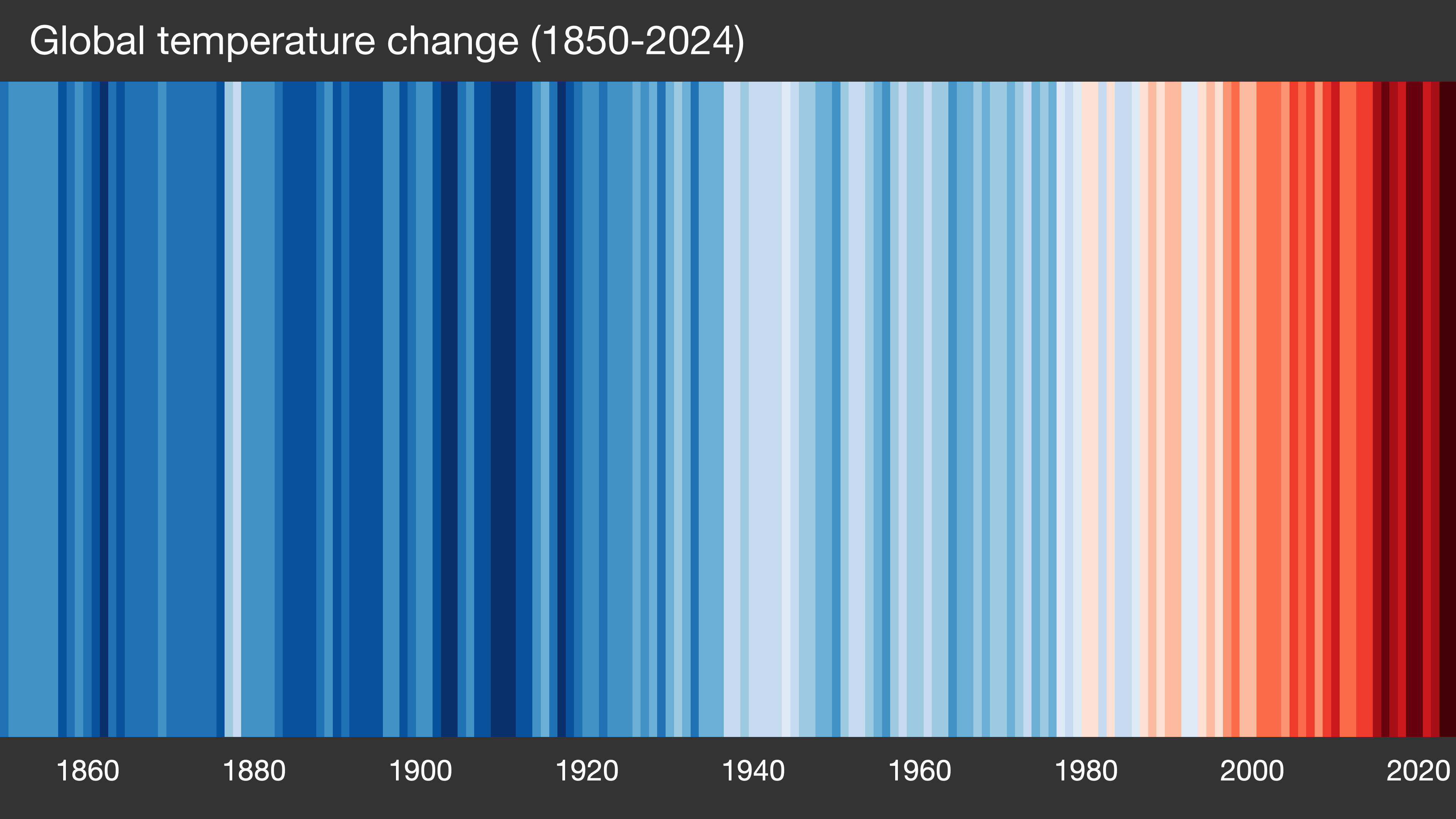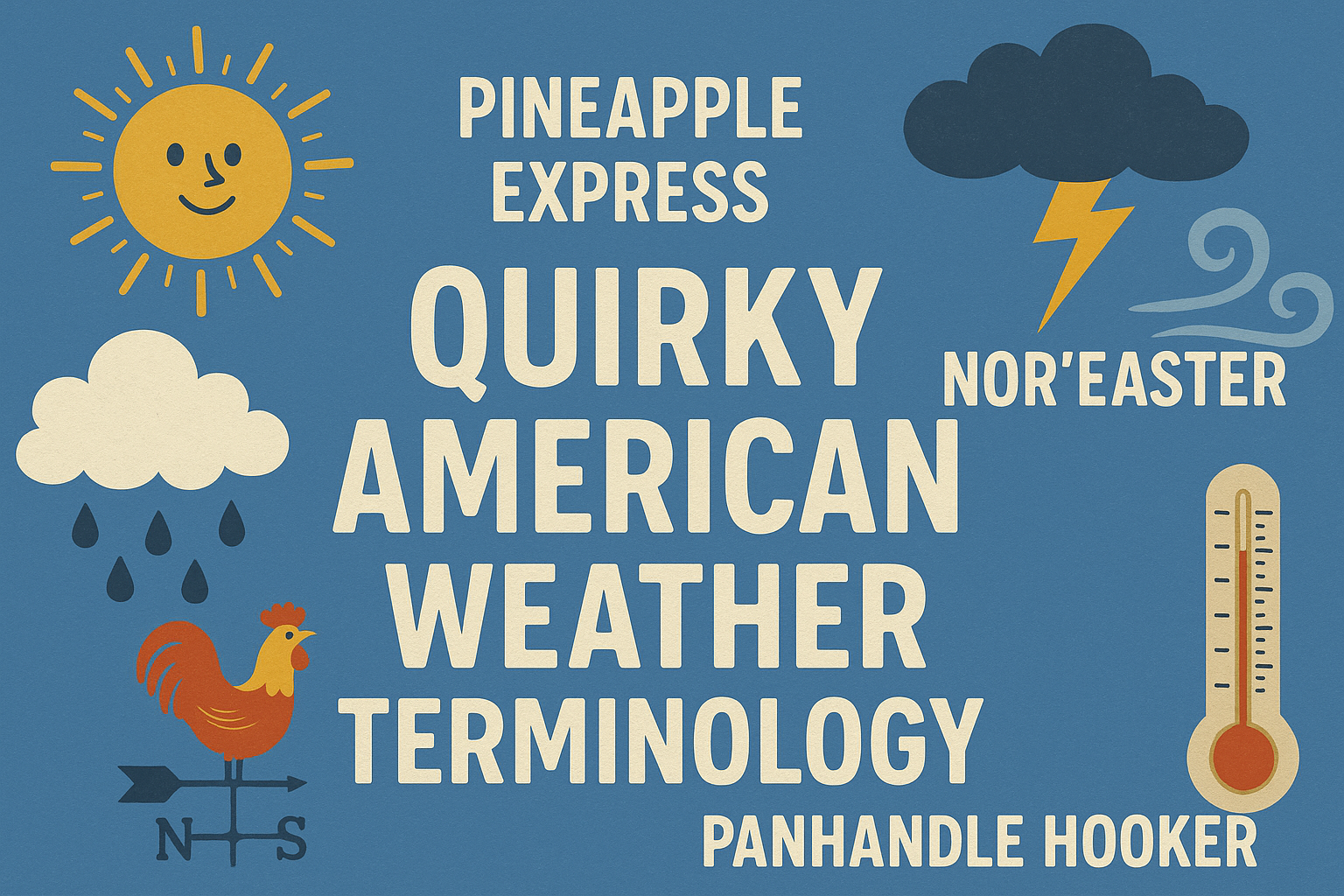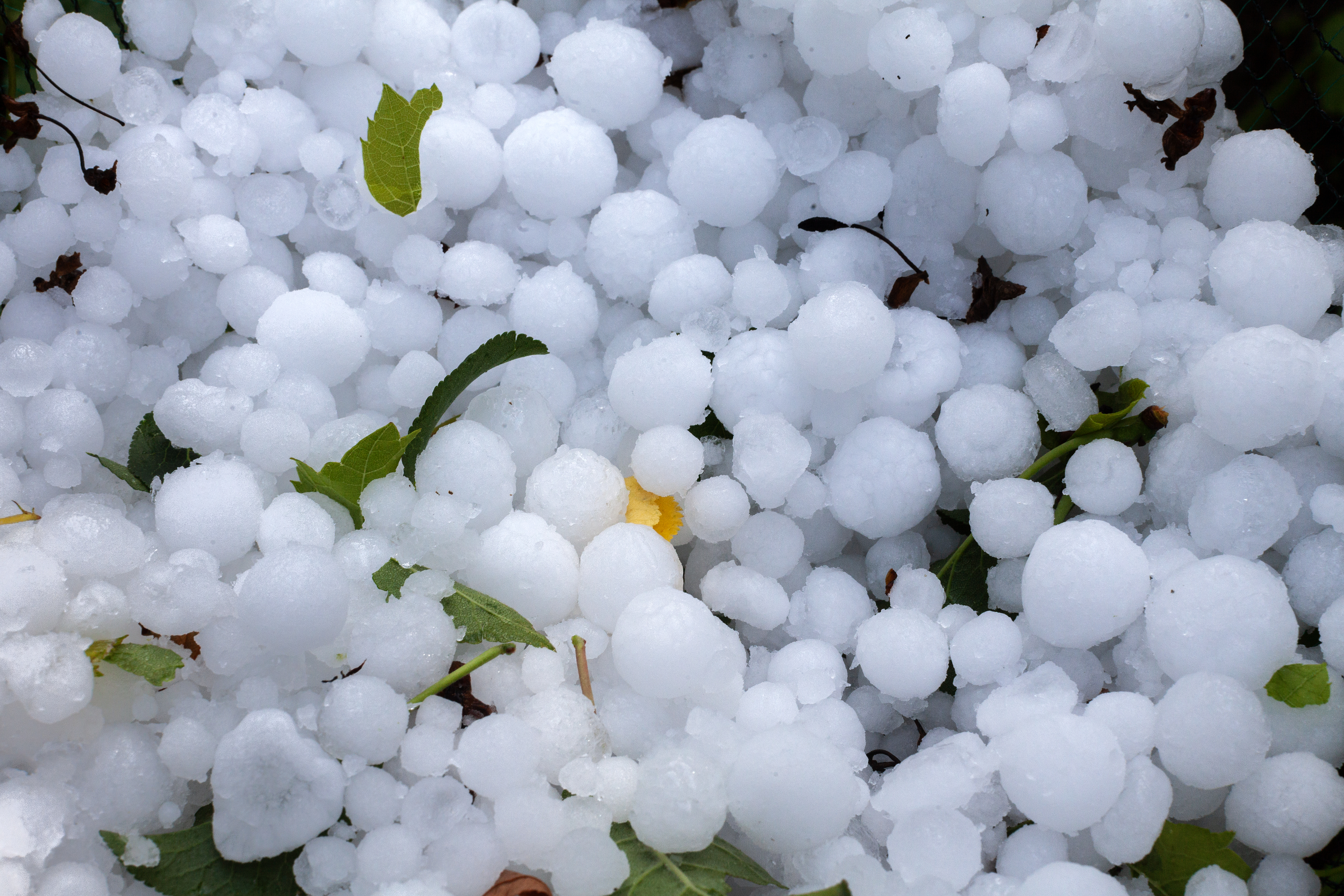

MetMatters guide to hail
The British Isles are no strangers to precipitation — mostly in the form of rain. Hail, however, often takes us by surprise, mainly due to the unmistakable cacophony it produces. Whether it’s the patter of tiny pellets or the pounding of marble-sized missiles, hailstones command our attention. Here’s the MetMatters guide to hail.
In simple terms, hail is solid precipitation in the form of balls or pieces of ice known as hailstones, which form within powerful cumulonimbus or thunderstorm clouds.
Hailstone formation
- Strong updraughts inside a cumulonimbus cloud lift water droplets high into the colder part of the cloud.
- Supercooled water droplets freeze onto condensation nuclei, forming tiny ice particles.
- Updraughts and downdraughts in the cloud can make the particles of ice go up and down many times. When they come into contact with supercooled water, a new coating of ice is added, allowing layers of ice to build up around a central core.
- This process continues until the hailstone becomes too heavy to be supported by the updraughts and falls to the ground.
In order for hail to form the temperature of the top of the cumulonimbus cloud must be colder than -20°C, with a large proportion of the cloud below freezing. The size of hailstones can vary widely, ranging from small pea-sized hail to large grapefruit-sized hailstones several centimetres in diameter.
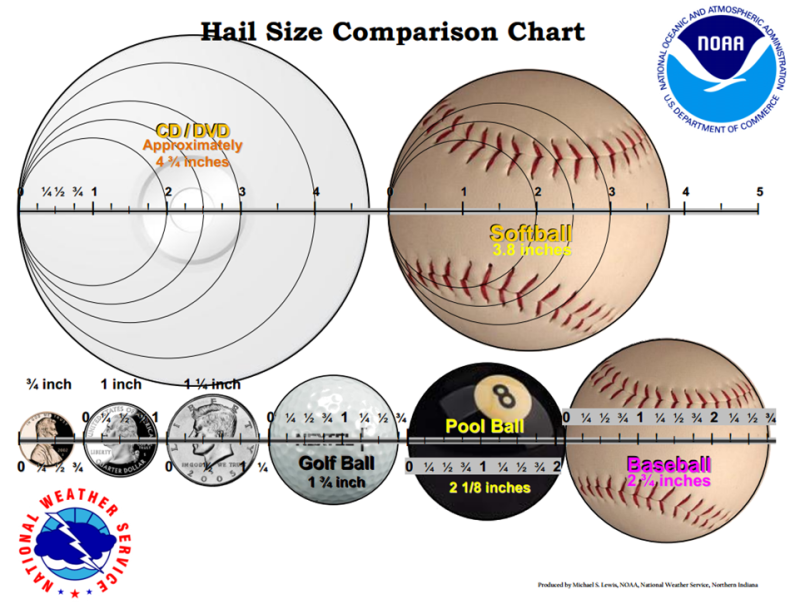
Hailstones can weigh up to 1kg, and if they collide and stick together can be as heavy as 4kg. The specific conditions within the cumulonimbus cloud, such as the strength of the updraughts and the amount of moisture present, determine the size of the hailstones that form. Roughly speaking, more severe thunderstorms can produce larger hailstones.
At least 30 vehicles were pummeled by baseball sized hail north of STL in the Worden, IL area. So many pulled to the shoulder of I-55 that highway was closed temporarily. Some coming from Chicago for volleyball tournament. @KMOV pic.twitter.com/9BnT7qZmV0
— Russell Kinsaul (@russellkinsaul) March 15, 2024
Did you know?
-
Hailstones fall so quickly they often don't get time to melt before hitting the ground, even in the warm summer months.
-
It might seem strange for balls of ice to fall from the sky during summer, but hail is actually common in summer and the hailstones that form are bigger and more damaging. That's because there's more energy available at warmer times of year and this translates into bigger thunderstorm clouds.
-
A hailstone the size of a baseball (about 75mm) weighs about 150g and can fall at speeds of 100mph. This can cause a lot of damage, with entire crops being wiped out in just a few minutes during a large hailstorm.
-
As well as causing damage to cars, properties and crops, hailstones can be fatal.
-
The largest recorded hailstone in the UK fell in Horsham, West Sussex, on 5 September 1958 and weighed 142g.
-
Rather more impressive is the largest recorded hailstone in the US which fell in Vivian, South Dakota on 23 July 2010. It weighed 0.88kg and 20.3cm in diameter.
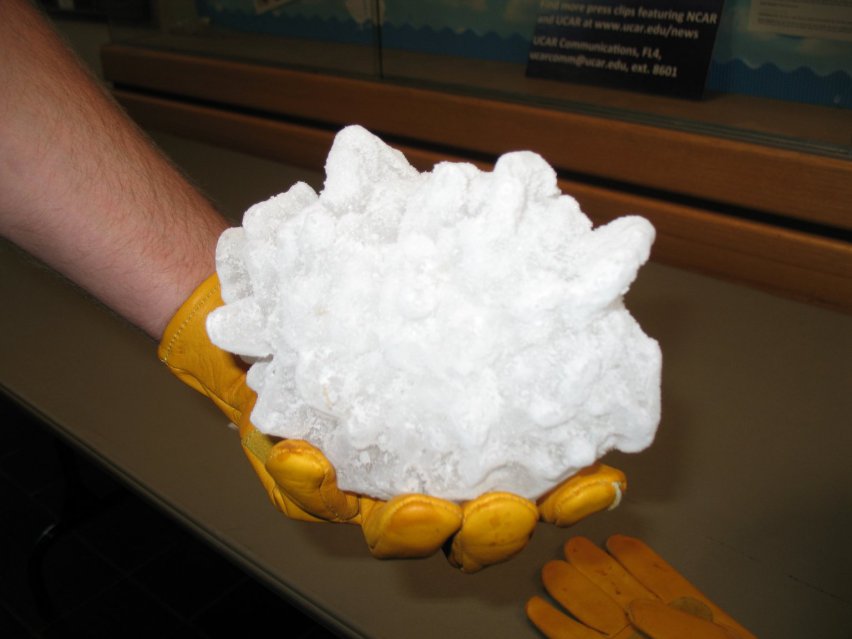
Rings of ice
When you cut a hailstone in half, you can see rings of ice. Some rings are milky white while others are clear. Counting the layers gives an indication of how many times the hailstone travelled to the top of the storm cloud.
It's thought the clear layers form when the hailstone is in a part of the cloud where the temperature is just below freezing so the water slowly freezes over the hailstone and air bubbles can escape.
The milky white or opaque layers of ice form when the temperature is well below freezing and a water droplet freezes immediately upon colliding with the hailstone, trapping the air bubbles.
What is graupel?
During the winter months in the UK we often get graupel rather than hail. This soft, crumbly hail is different to proper hailstones as it tends to form when supercooled water droplets add a layer of ice or rime to falling snowflakes. Unlike hailstones, graupel is typically smaller in size and less dense, ranging from a few millimetres to a centimetre in diameter, and looks like tiny polystyrene balls.
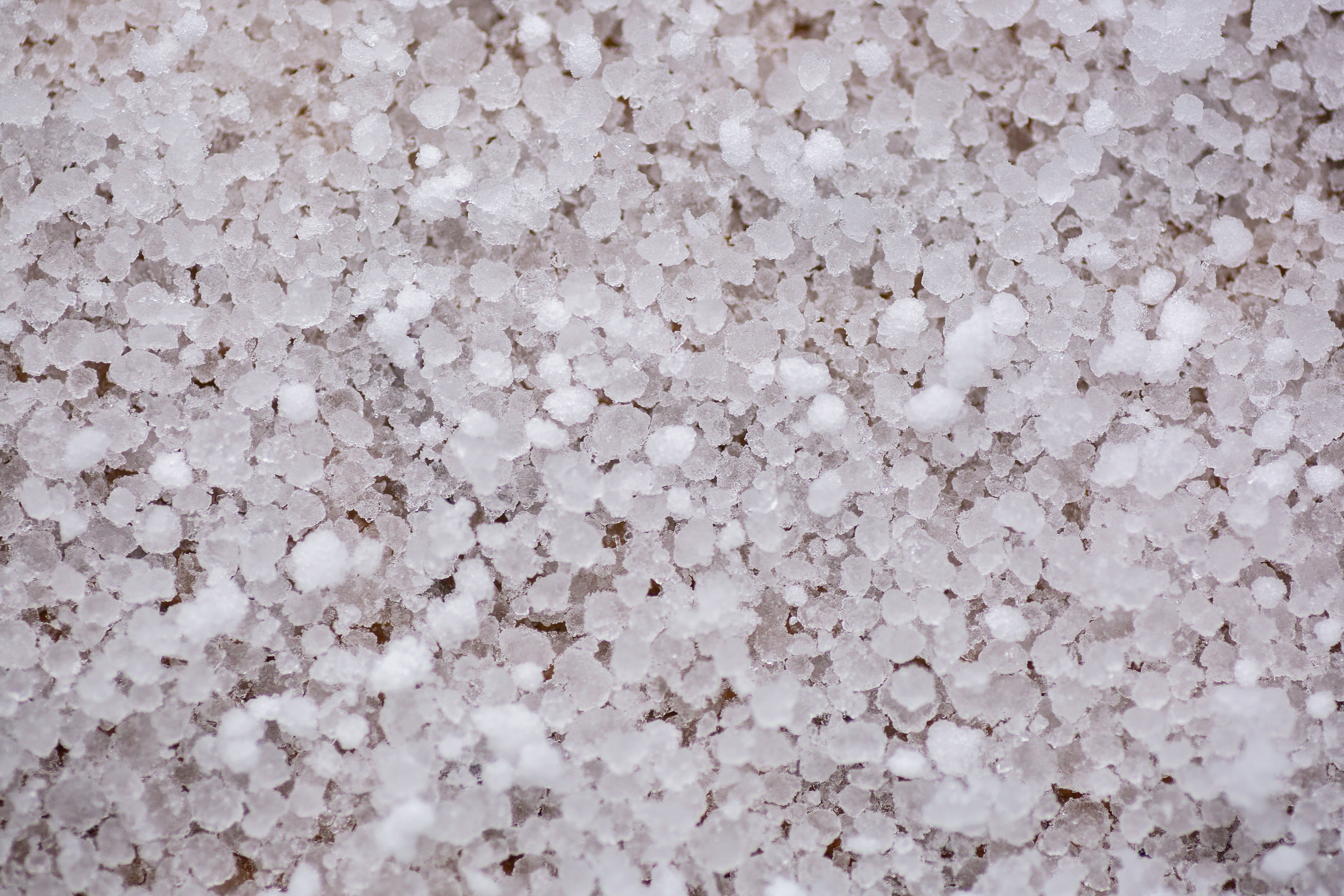
Graupel particles often have a white, opaque appearance due to the air pockets trapped within their structure, distinguishing them from more transparent hailstones. Hail only falls from cumulonimbus clouds but graupel can fall from the same clouds that produce snow, such as nimbostratus and stratus, and not just cumulonimbus.

